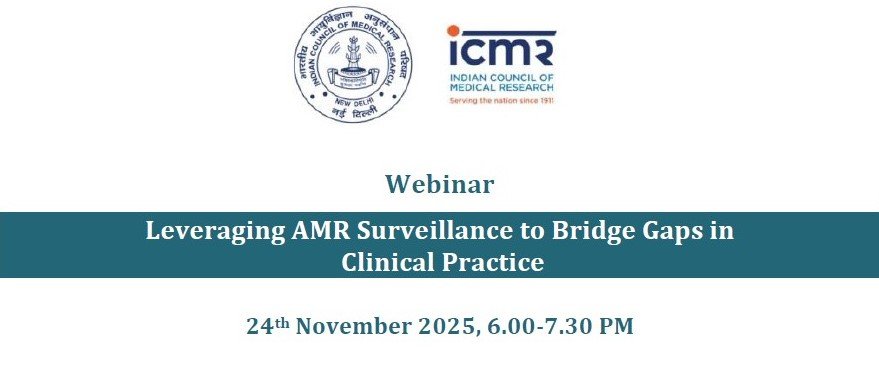Disclaimer: This post is for academic purposes only. Please read the original document if you intend to use them for clinical purposes.
This briefing document reviews the WHO report of 2024, examining the global and regional status of Infection Prevention and Control (IPC) programs and their relationship to Healthcare Associated Infections (HAIs) and Antimicrobial Resistance (AMR).
Key themes:
- Significant burden of HAIs and AMR: HAIs contribute substantially to disability and mortality, and resistance to antibiotics, particularly carbapenems and methicillin-resistant Staphylococcus aureus (MRSA), remains a major global health threat.
- Importance of effective IPC programs: Robust IPC programs are essential for preventing and controlling HAIs and mitigating the spread of AMR.
- Varied landscape of IPC capacity globally: There are significant disparities in the development and implementation of national and facility-level IPC programs across WHO regions and income levels.
- Challenges in implementing and sustaining IPC programs: These include lack of dedicated budget and personnel, insufficient infrastructure (especially water, sanitation, and hygiene – WASH services), and challenges in establishing and sustaining monitoring and surveillance systems.
- Multimodal approach and national strategies: Multimodal improvement strategies (MMIS) and comprehensive national action plans with defined targets and monitoring frameworks are crucial for driving progress in IPC.
- Regional variations in IPC progress and challenges: Each WHO region faces unique challenges and has varying levels of capacity and progress in implementing IPC core components.
- Way Forward: The report outlines strategic directions, key actions, and targets for national and international stakeholders to improve IPC capacity and reduce the burden of HAIs and AMR.
Important Ideas:
- High burden of HAIs and AMR: HAIs represent a significant public health challenge, comparable to or exceeding the burden of other major infectious diseases. Antimicrobial resistance (AMR), particularly to critical antibiotics, is a major concern.
- IPC as a core component for health security and AMR containment: Effective IPC programs are foundational for preventing the spread of infections, including those that are antibiotic-resistant, and are a key element of global health security.
- Disparities in IPC capacity across income levels: High-income countries (HICs) consistently demonstrate higher rates of meeting IPC minimum requirements compared to low- and middle-income countries (LMICs).
- Infrastructure deficiencies, especially WASH, hinder IPC: Lack of basic services like water, sanitation, hygiene, and waste management in healthcare facilities, particularly in fragile contexts and lower-income countries, significantly impedes effective IPC implementation.
- National IPC programs, guidelines, and dedicated resources: While many countries report having national IPC programs and guidelines, implementation, dedicated personnel, and budgets remain significant challenges.
- Monitoring and surveillance systems need strengthening: Establishing and strengthening national IPC monitoring systems and HAI surveillance are vital for tracking progress and identifying areas for improvement.
- Multimodal Improvement Strategies (MMIS): MMIS are highlighted as the most effective approach for implementing IPC interventions and reducing HAIs.
- Regional actions and challenges: The report details the situation analysis and actions for each WHO region, highlighting region-specific progress and challenges:
- Africa Region: Most countries reported limited to developed capacity for national IPC programs. Voluntary participation in assessments is high, indicating a willingness to strengthen capacity, with specific recommendations for improvement developed.
- South-East Asia Region: Showed steady improvement in having IPC programs, but nationwide implementation is still a work in progress. Guidelines development based on evidence is high.
- Eastern Mediterranean Region: Shows improvement in safe environment in health facilities and overall IPC capacity according to SPAR data. Challenges include dedicated budget and focal point time.
- European Region: scores suggest attributes of IPC are in place but sustainability is an issue. Dedicated budget and focal point time are key challenges.
- Western Pacific Region: Shows improvement in several areas including dedicated focal point time and budget, and promotion of MMIS. Challenges remain in HAI surveillance and IPC monitoring strategic plans.
- Clear Targets and a Monitoring Framework: The WHO Global Action Plan (GAP) and Monitoring Framework (MF) provide a roadmap with specific targets at national and facility levels to drive progress in IPC by 2030.
Conclusion:
- HAIs and AMR pose a significant global health burden that necessitates urgent action in IPC.
- While there is global recognition of the importance of IPC, significant gaps exist in implementing and sustaining effective programs, particularly in lower-income settings.
- Strengthening national IPC programs, ensuring dedicated resources (personnel and budget), improving infrastructure (especially WASH), and establishing robust monitoring and surveillance systems are critical priorities.
- Adopting multimodal improvement strategies and aligning national efforts with the WHO GAP/MF are essential for achieving meaningful progress in IPC and reducing the impact of HAIs and AMR.
- Regional context is important, and tailored strategies are needed to address specific challenges and build upon existing achievements in each WHO region.
- Achieving the WHO minimum requirements for IPC at both national and facility levels is an urgent priority to ensure basic safety in healthcare.
Citation: Global report on infection prevention and control 2024. Geneva: World Health Organization; 2024. Licence: CC BY-NC-SA 3.0 IGO.









